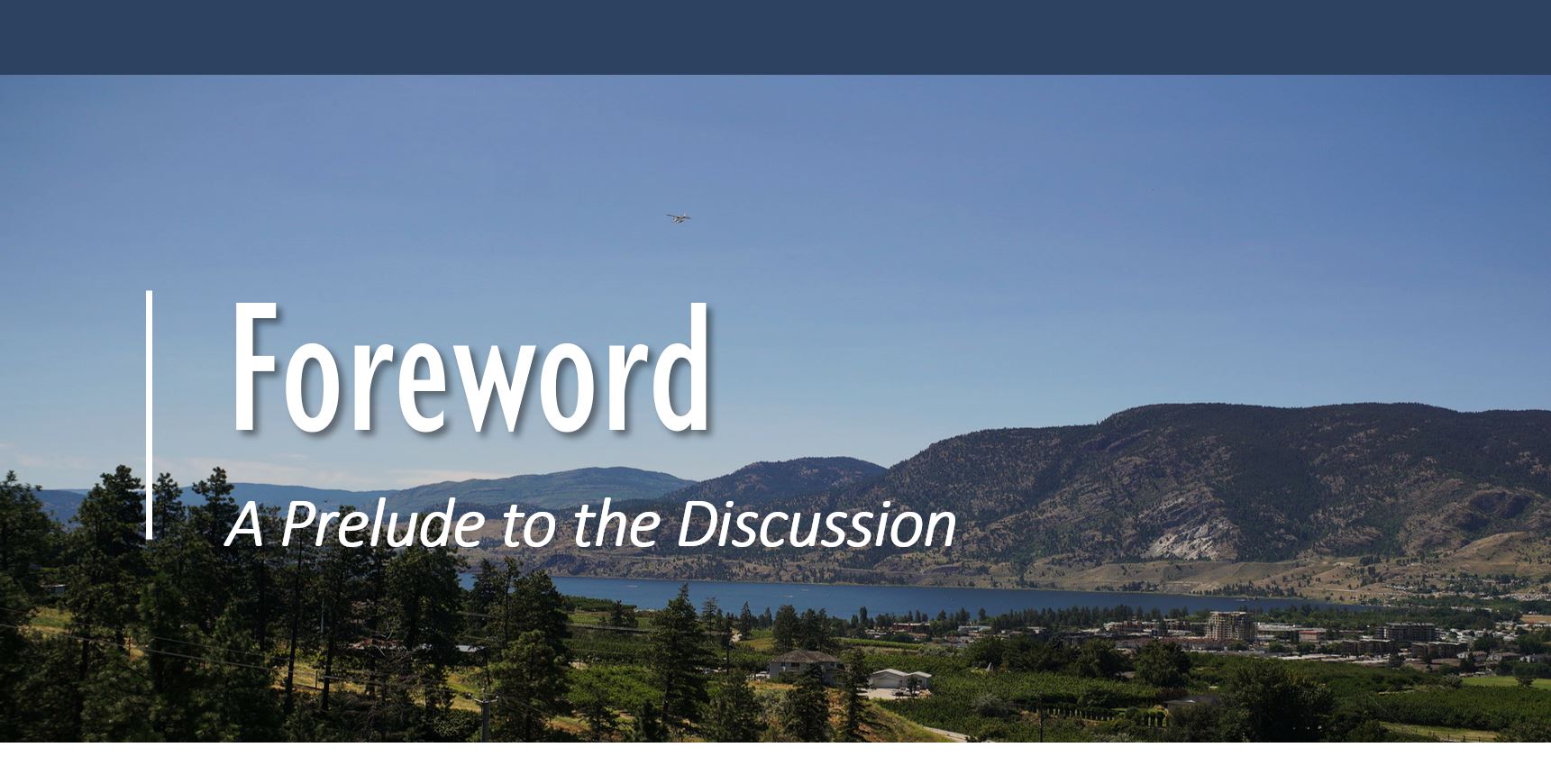
The year was 1969 and Canada’s First Nations were actively protesting Prime Minister Pierre Trudeau’s latest policy document or “white paper”. This particular paper proposed that Indian Status be eliminated and that the Indian Act, a document regulating First Nation reserves, be abolished. The White Paper envisioned that the provinces, not Ottawa, would provide services to First Nations, the same services that regular citizens receive; that reserves would be sold off by residents; that Indigenous land claims would be wrapped up; and that treaties would be retired. In sum, after a period of compensation, there would be no more distinction between “Status Indian” and other citizens of Canada. There would be no more ghettoization of First Nations on reserves.

Still today, some Canadians believe that assimilation is the right approach to Indigenous economic development. But others are not willing to settle for assimilation. Not only are they skeptical that Indigenous people will be treated equally, but they are aware that Indigenous people possess unique legal rights, rights not yet fully actualized in Canadian law. Having these rights will equip Indigenous communities to more fully communicate and enact their values, especially their respect for the Land.
In 1970, First Nations pushed back against the White Paper with a “Red Paper” (by the Indian Association of Alberta), and a “Brown Paper” (by the Union of British Columbia Indian Chiefs) for example, declaring that the federal government has treaty obligations to First Nations that it cannot ignore or pass on to the provinces, and that various Indigenous groups hold title to parts of Canadian land. Indian Status and the Indian Act may be legal anachronisms which have been used to subjugate First Nations for more than a century, but they at least provide for some compensation from government and some recognition of a complicated shared history.
After the pushback, the federal government abandoned the White Paper and oriented itself differently, in time for a 1973 Supreme Court decision (R. v. Calder) which made clear, for the first time, that where no treaties have been made regarding the transfer of land rights, Indigenous land rights could still exist. This ruling ushered in a series of further rulings supporting and delineating Indigenous rights, rulings which continue into the present time.
Meanwhile, the Union of British Columbia Indian Chiefs went further than rhetoric to assert land rights and political autonomy. In the late spring of 1975, they declared that BC First Nations would no longer accept government funds or programs. In this way they would have more control over the governance of their communities.
What happened? What happened is that six months later, the Chiefs had to relent. Encumbered by economic disadvantages which we will explore in this text, they were not able to be economically and financially independent. And thus they could not be politically independent.
Although this experiment in self-government failed to achieve its immediate goals, it spurred First Nation leaders on to consider how their communities might become economically self-sufficient. Since then BC Chiefs have led the way in pursuing land rights via the Supreme Court, and in developing amendments to the Indian Act which facilitate economic development.

Economic growth and improved economic stability for Indigenous communities will undergird their political independence and creative development. Non-Indigenous Canadians too can benefit both culturally and financially. It has been estimated that closing the education, employment, and other gaps between Indigenous and non-Indigenous Canadians would improve GDP by 27.7 billion dollars per year, a 1.5% increase.[1]
Chapter 1 introduces the Indigenous Peoples of Canada – First Nations, Métis and Inuit. Chapters 2-11 describe their cultures, economies and geopolitics up until the late twentieth century. Chapters 13 and 14 discuss how discrimination against minorities can be modeled and measured. Finally, Chapters 12 and 15-30 describe present-day issues in the economic development of Indigenous communities.

- National Aboriginal Economic Development Board (2016), Reconciliation: Growing Canada’s Economy by $27.7 B. ↵
Original inhabitants of Canada who lived south of the the Arctic region. See chapter 1 for details.
A legal status identifying someone as being descended from First Nations who made a treaty or some other agreement with the government of Canada.
In this text, the word "treaties" will refer to written agreements, regarding land rights and other matters, between the government of Britain or Canada on the one hand, and Indigenous peoples on the other hand. Provinces may also be signatories of treaties.

